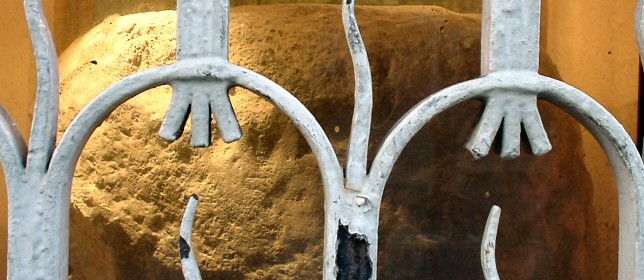The British Flying Jeep

How many of you science fiction buffs have fantasized about zipping around town in your very own flying car? Sure, a trip in a helicopter or airplane has now become the standard or even mundane mode of long distance travel, but imagine taking your very own flying machine on a trip across town, presumably with The Jetsons’ theme song blasting […]
Read more
















